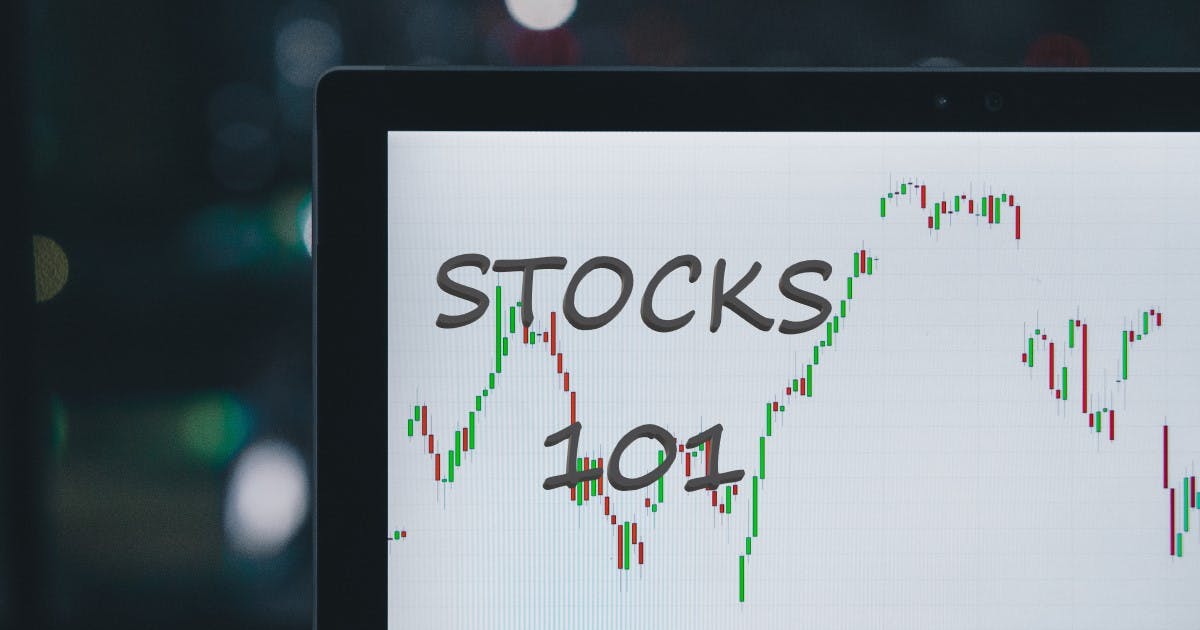STOCK INVESTING: MEASURES OF SUCCESS

Stock market is one of the easiest and most convenient way to start investing, all you need to have is a bank account and you can immediately start buying and selling stocks. You have one goal, and that is to earn money. However, we believe that to be successful stock market investing you should consider these three (3) factors:
Capital Allocation
The process of capital allocation is similar to how you do your budget. Before you spend your salary, you have a list of all items you need to pay like food, utilities, transportation, rent, phone bills, etc., and you systematically allocate your money to cover every expense. The concept of capital allocation is the same, you just have to substitute stocks for the expense items.
What makes this process difficult is that, unlike budgeting, which you already know in advance how much money you need to pay for each expense, capital allocation requires you to set a criteria on how to determine the amount of capital you need to put in to a stock. How we do capital allocation will be discussed in detail in another article.
Risk: Safety of Capital
We define risk in stock market investing as permanently loss of capital. Risk in value investing is a result of three factors: (1) uncertainty of events in the future, (2) purchasing stocks of mediocre businesses or businesses in inherently poor industries, and (3) paying too much for a stock of a great business. The first factor is something that we cannot control or reasonably predict, however we can manage this by doing extra research and evaluating all the possibilities we can think of. By taking consideration of these possibilities, we may reasonably weigh the situation whether is it logical to invest in this company or not.
The second and third factors are those that you have big influence.
The 2nd item is about determining which companies will have better long term prospects. The process of avoiding mediocre businesses and those in inherently poor industries requires research and financial analysis. In these type of businesses, competitions is usually fierce that companies spend a lot of money to stay in the game, resulting to poor financial performance. To help you understand this concept, please refer to the concentrated portfolio article.
The third factor is basically price. Any great asset when purchase at a high price will offset any future gains. In any case, if you overpay for a stock, it will eat up all the possible earnings (dividends and capital appreciation) in the future and will take longer to recover. In order to lessen the effect of price in your returns in the future, you need to have a guide in determining how much you need to pay for a stock. You can refer to the intrinsic value article on how to value a stock and identify the price you must pay to maximize your returns.
Acceptable Return
Return is the result of the two factors above. Your ability to allocate capital and manage risk will have significant impact of how much return you will generate in the future. Return is the end result of investing.
Most of us believe that the ability to generate return in the stock market is the only measure of success. Evidently, those who invest in mutual funds would switch from one fund to another in an instant depending on the returns published last month. Just by looking at the rate of return, they would pull out their money, which costs a lot of charges, and move to another hoping that the return would compensate for the losses incurred.
By understanding the first two factors, you will begin to realize that return is the output of extensive research, analysis and risk management. By following these steps, you will have higher probability of generating acceptable returns in the future. While these steps are not absolute and you may still make wrong decisions (uncertainty of events in the future), it is highly likely that the right decisions would make up for the wrong ones. Computing for what is an acceptable return will be discussed in another article.



